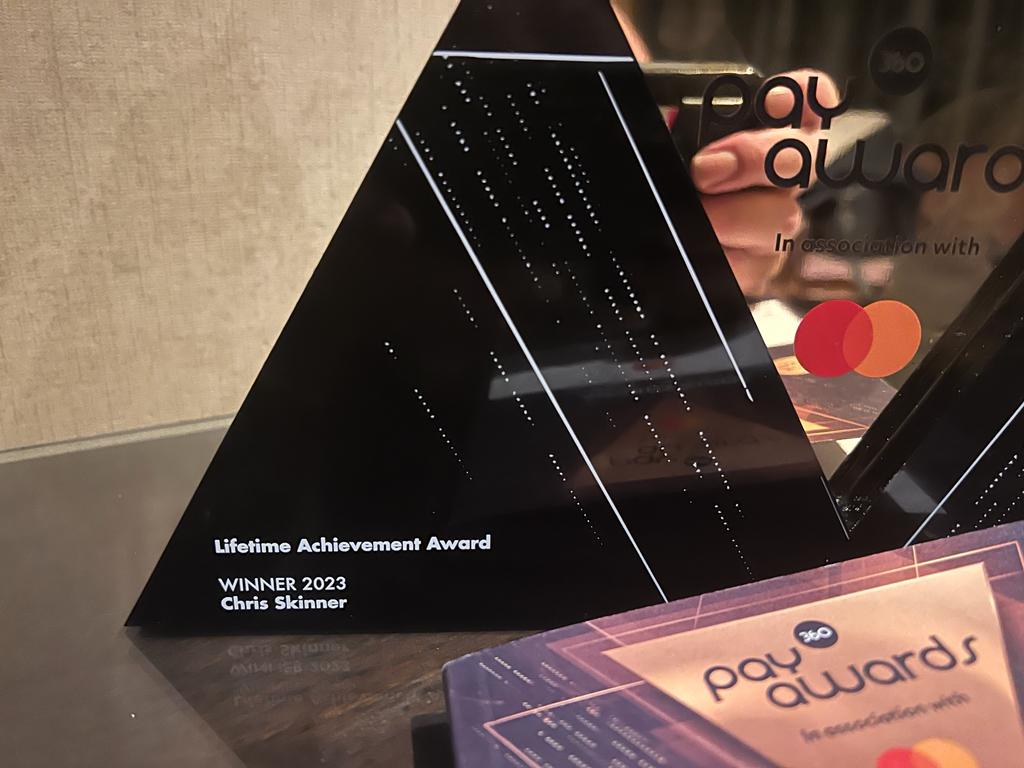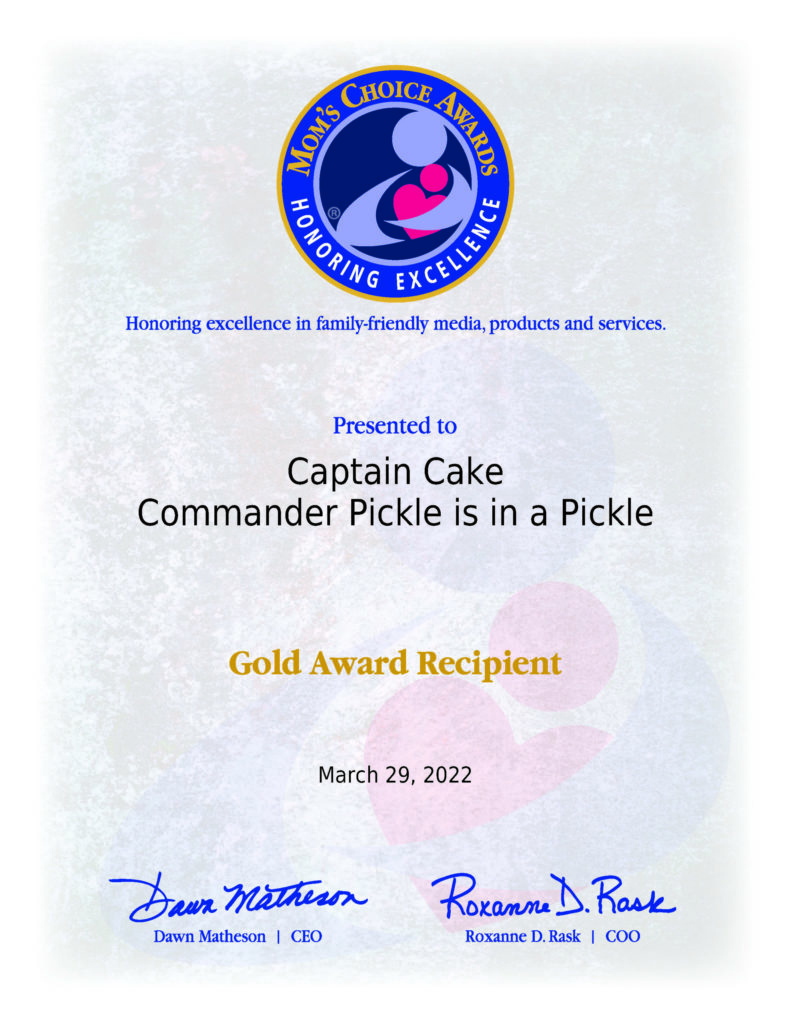Over the past few years, I’ve transitioned across to
internet banking like most. Now I also
use mobile banking, mainly for balance checks and confirmation of transactions. In fact, it’s twenty years since all of this
began and now it’s standard.
So it surprised me this week, when applying for a new
mortgage (yes, I’m moving house!) and the mortgage broker said that I had to
bring in my bank statements.
I said that I haven’t had a bank statement for about three years,
as I’m saving the planet by avoiding wrecking trees.
“Oh dear”, he says, “that’s not good news.”
What do you mean, I ask.
“Well, banks are a little bit schizophrenic these days”, he
laments. “They encourage you to go green
by not having bank statements, and then insist on seeing paper statements when
you ask for a mortgage.”
That’s stupid, I say.
“It’s just one of those anomalies”, he mourned.
I must admit, these anomalies crop up regularly.
Just look at the actual mortgage or account opening forms
and statements and you realise how antiquated these processes can be.
The Know Your Client (KYC) part in particular is still a
burden for many, with most banks insisting that you have to go through this process every time you open a new account, even if you are an existing customer.
Some banks are up to speed though.
Some banks accept that if you have an existing bank relationship then that is good enough.
Pingit! from Barclays for example, accepts that if you can
run a small transaction through your bank account then you’re ok, in the same
way that PayPal performs their account opening.
If you’re not familiar, the process is that you register
with your existing bank information.
Pingit! and PayPal then deposit 0.01 cents or pence in your
account with a unique reference number.
You then enter that reference number as a one-time password for the account
opening.
In this instance, the banks are accepting that you can prove
who you are by the fact that you did that once before to open a bank account.
It truly sets them apart from those that insist on a branch visit with passport and proof of address.
Unfortunately, that is the majority, with most banks insisting on a new account opening
being a face-to-face experience with passports, driving licences etc.
If they think about this, it is a hangover of 20th century processes once more, as it is not necessary as proven by Pingit! and PayPal.
Equally, it is not acceptable in 2013 to force
the customer to make a physical visit to the bank.
I am feeling this pain because I’m
wasting half a day here and half a day there in my mortgage process, to visit
offices with documents and papers. It’s
a real pain.
So, for all the veneer of 21st century banking,
most banks are stuck in 20th century processes.
Re-engineer and catch up or get overtaken.
Chris M Skinner
Chris Skinner is best known as an independent commentator on the financial markets through his blog, TheFinanser.com, as author of the bestselling book Digital Bank, and Chair of the European networking forum the Financial Services Club. He has been voted one of the most influential people in banking by The Financial Brand (as well as one of the best blogs), a FinTech Titan (Next Bank), one of the Fintech Leaders you need to follow (City AM, Deluxe and Jax Finance), as well as one of the Top 40 most influential people in financial technology by the Wall Street Journal's Financial News. To learn more click here...




















